Lazer has launched a range of helmets containing its new KinetiCore technology, which is said to protect wearers from both the linear and rotational forces of an impact.
Lazer says KinetiCore works like the crumple zone in a car and that it also improves ventilation while reducing weight.
Previously, Lazer used MIPS in its helmets to provide protection from rotational impacts, but says it will eventually be replaced by KinetiCore across its whole helmet range.
For now, the brand has launched six new helmets with KinetiCore. The Vento helmet headlines the road category and the Jackal is the mountain bike offering. There is also a commuter helmet and kids’ helmets.
The mountain bike and road helmets have received five-star ratings in independent tests conducted by Virginia Tech’s Helmet Lab. The hardshell commuter helmet has received four stars, which Lazer says is class-leading for a helmet of its type.
The helmets are available now, while a ‘round fit’ will also be available in Asia from June.
The road to KinetiCore
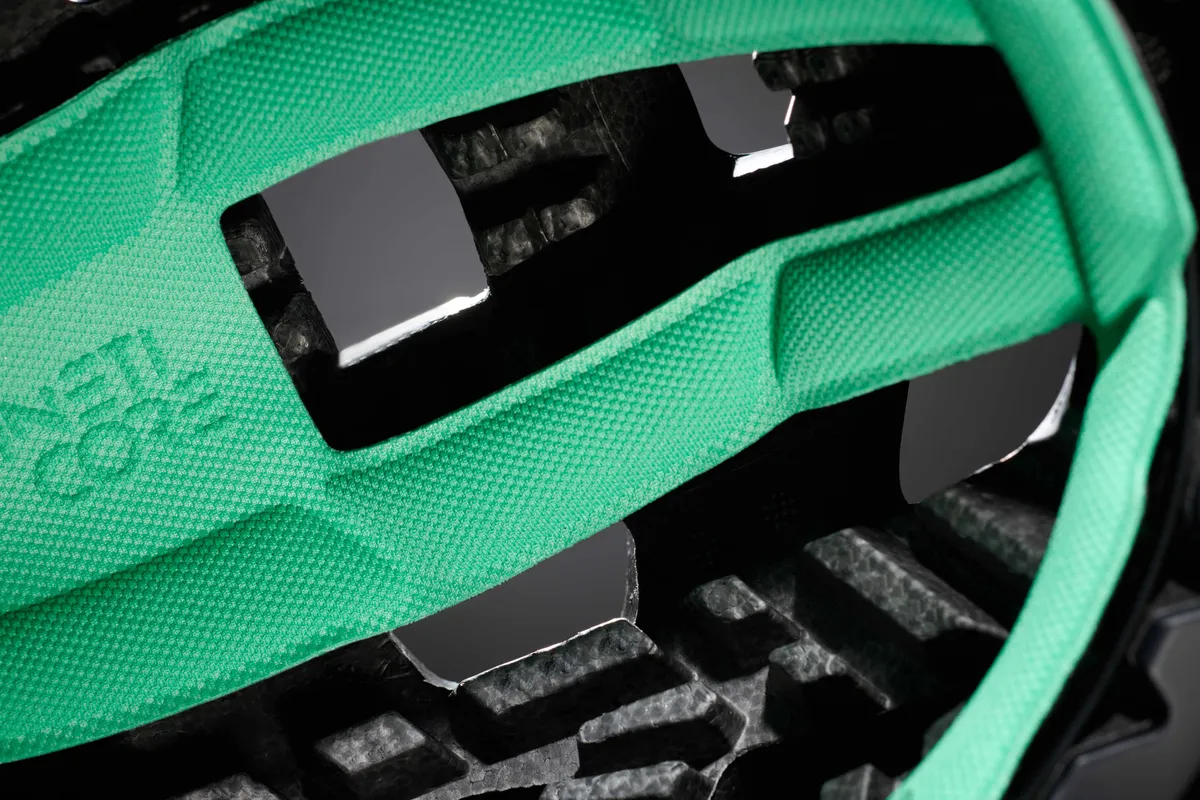
While helmet brands have historically focused on delivering sufficient resistance against linear impacts (a direct force to the helmet), many have begun to explore how best to prevent injury from rotational impacts.
A rotational impact may occur when a rider hits their head at an angle and the brain rotates inside the skull, which can lead to concussion and traumatic brain injuries in serious cases.
It is rare for a crash to only be linear in nature and most, if not all, have an element of rotational force.
Lazer says it wanted to develop a technology that provided protection from rotational impacts, while not compromising on weight or ventilation. The brand also wanted to integrate the technology into the helmet itself rather than it being an addition to a pre-existing helmet design.
For a long time, Lazer used MIPS, which many regard as the industry leader, in its helmets to protect against rotational impacts.
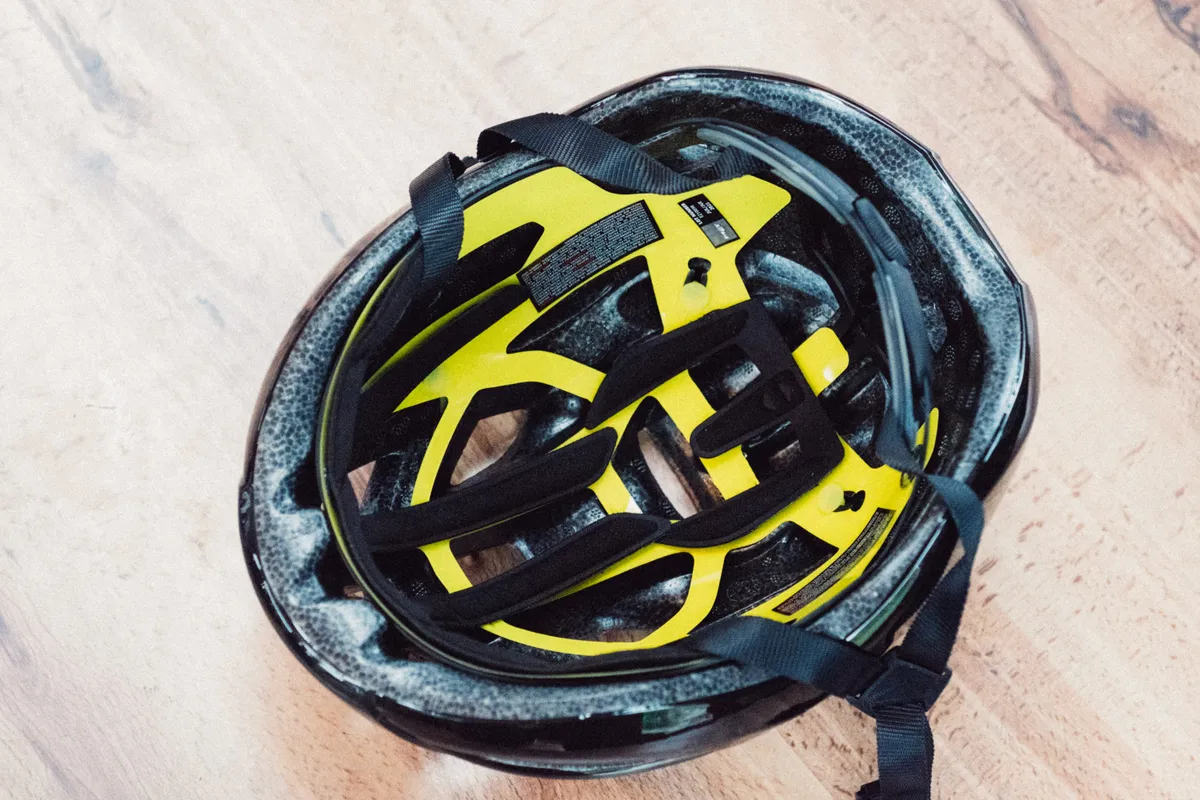
At first, MIPS was an add-on element in the manufacturing of helmets. The first generation faced some criticism for the impact on ventilation, and some claimed the fact it was retro-fitted into pre-existing helmets meant the MIPS liner altered the fit and size, as well as decreasing comfort.
However, those concerns have largely been addressed and many brands now integrate the technology into their helmets, with an increasing number developing helmets in collaboration with MIPS at the design stage to allow for optimum fit, ventilation and comfort.
That said, a small number of brands have chosen not to embrace MIPS and some have developed their own safety technologies, such as Bontrager’s WaveCel.
What is KinetiCore technology?
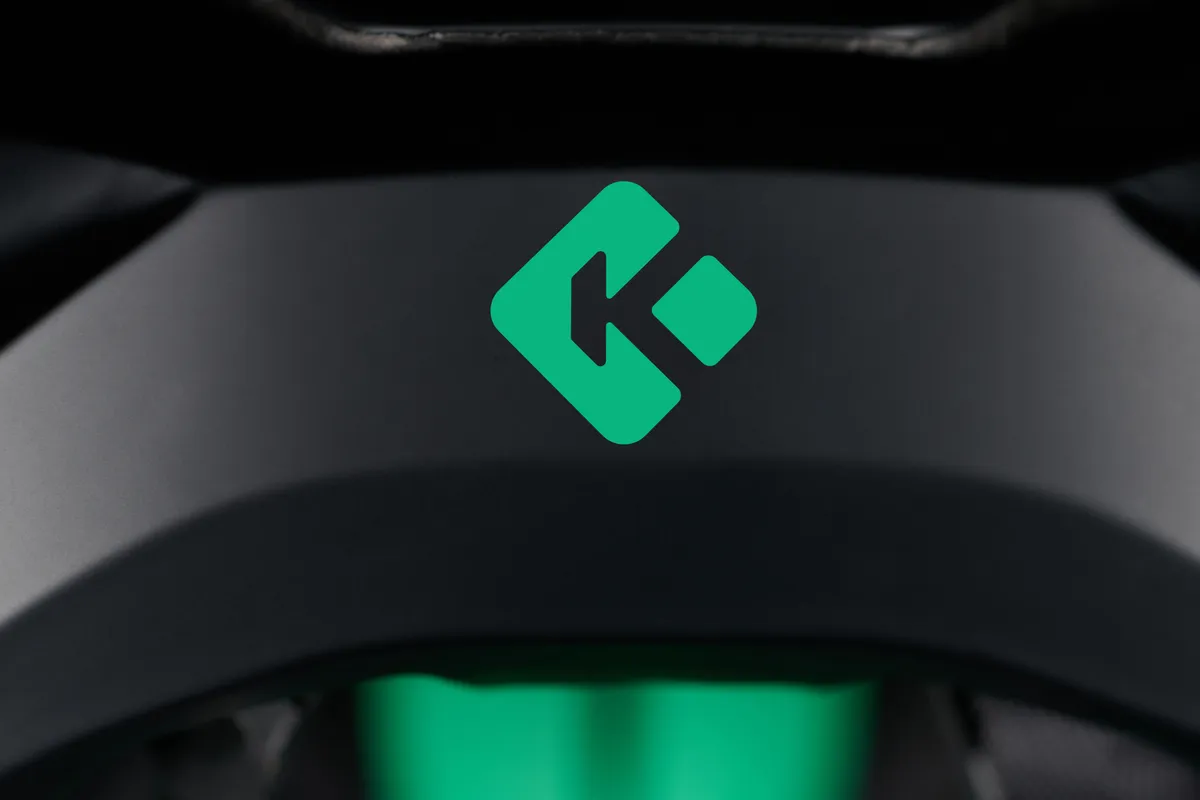
Lazer says it has been developing KinetiCore for 12 years in consultation with eight of Europe’s leading universities.
The technology takes inspiration from car crumple zones. KinetiCore introduces similar 'controlled crumple zones' into Lazer’s helmets, designed to absorb the energy should a rider experience an impact.
Lazer says these areas are individual but work together synchronously to cushion the head from an impact, redirecting adverse energy.
As KinetiCore is built in and fully integrated within the helmet’s core, less material is used in manufacturing. Consequently, Lazer says KinetiCore improves ventilation and decreases weight, while also offering an environmental benefit.

The brand tested helmets with this technology in its own wind tunnel and monitored ventilation by using temperature sensors and a sweat outlet on a thermal mannequin.
BikeRadar asked Lazer what the effects would be on the safety of the system when wearing a cycling cap or skullcap and it said this wouldn’t affect the safety.
For now, KinetiCore is exclusive to Lazer’s helmets, but the brand has said it might license the technology to other companies and potentially to other industries in the future.
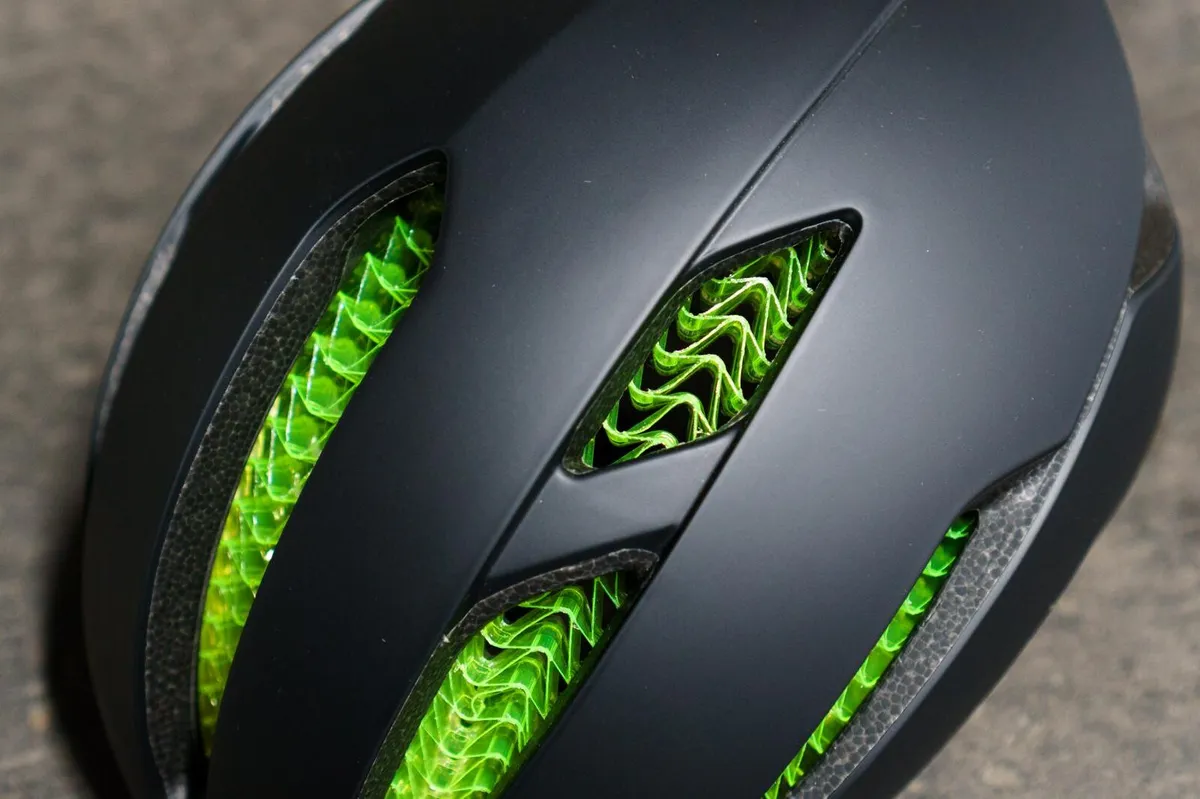
BikeRadar asked Lazer how KinetiCore compares with Bontrager’s WaveCel design, which incorporates a collapsible layer, in terms of safety. Lazer declined to comment on WaveCel specifically and stated it sees MIPS as its nearest competitor.
Crash replacement
Lazer says a KinetiCore-equipped helmet should be replaced every two to four years, in line with other brands’ recommendations, assuming it has not suffered any impacts.
The helmet should be replaced immediately if impacted.

As sections of the KinetiCore technology break off on impact, Lazer says the design makes for a clear visual indicator of when replacement is required.
Conventional helmets can show no signs of damage after impact, even if they are no longer safe, Lazer says.
Lazer offers a ‘crash replacement’ scheme for three years after purchase, where you can acquire a replacement at half-price, although this is not available in all territories and is subject to the relevant Lazer distributor’s discretion.
Rear-light compatibility
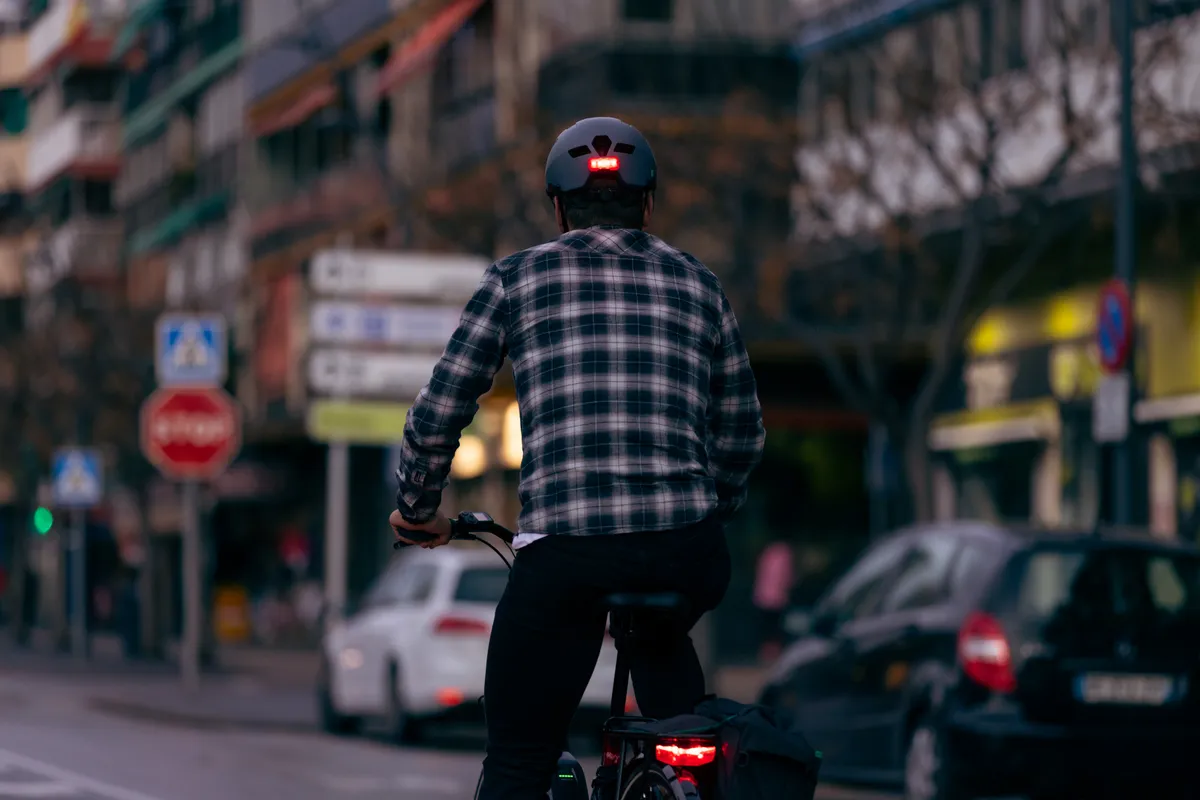
All of Lazer’s new helmets are compatible with the Belgian brand’s Universal LED rear light, which fits into a mount at the back.
The light has a claimed output of 40 lumens and is designed to be seen in traffic. It features a braking sensor and a magnetic charging port for improved water resistance.
Lazer has created a separate strap that attaches the light to the rear of the helmet and is backwards-compatible with all of its helmets as well as, according to Lazer, most other bands' helmets. The strap is included in the box.
The light is available to purchase separately from the helmets and costs £19.99 / €29.99. US and Australian pricing is to be confirmed.
Lazer KinetiCore road helmets
Lazer Vento KinetiCore
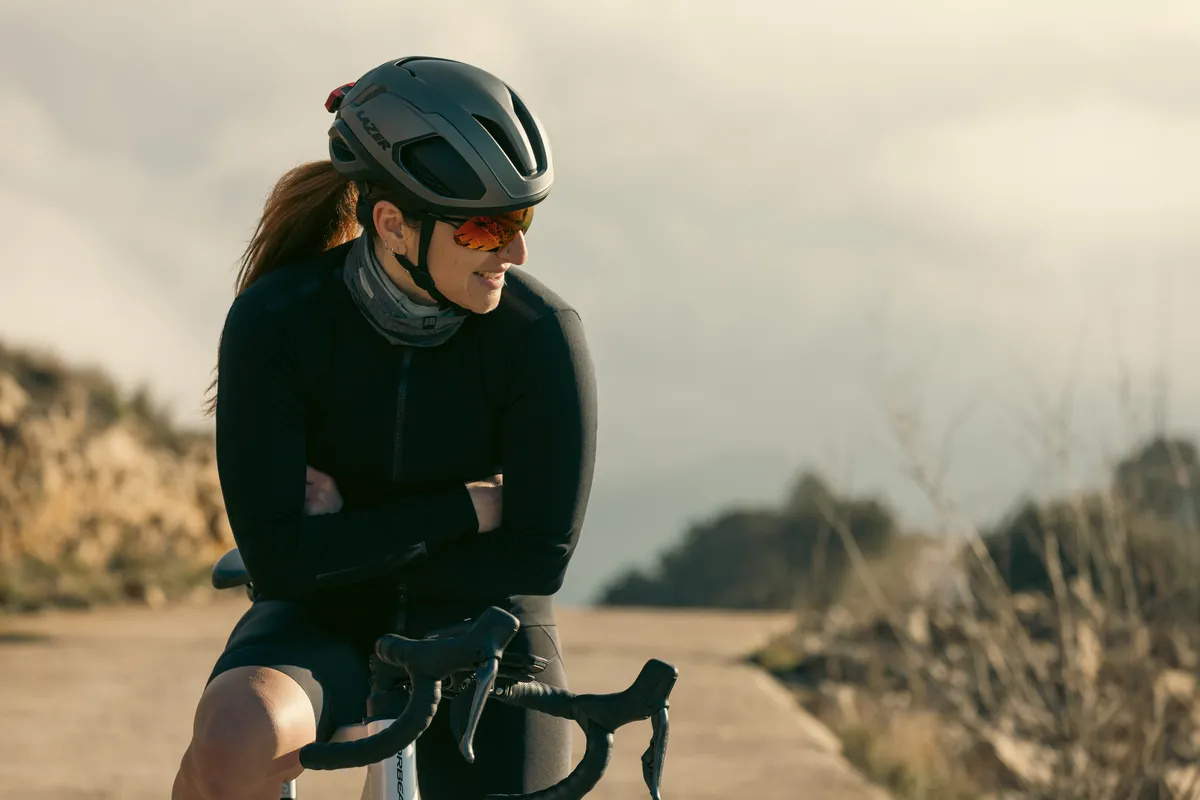
The Vento sits at the top of the range and has received a five-star Virginia Tech rating.
The helmet features Lazer’s ScrollSys closure system and has a grippy TPU material at the front of the lid to store a pair of cycling sunglasses.
The Vento comes in at 260g in its CE / CPSC guise (Australian AS-certified helmets are heavier due to more stringent standards) in a size small. This is 90g lighter than the Bullet 2.0 MIPS (its nearest equivalent) and 70g lighter than the non-MIPS variant.
Lazer has rated the Vento to have a 94 per cent cooling efficiency, where 100 per cent would be if you were not wearing a helmet. For comparison, Lazer says its Genesis helmet has a 103 per cent cooling efficiency, meaning you will be better ventilated wearing a Genesis than not wearing a helmet at all.
The Vento KinetiCore will retail for £259.99 / €269.99 / $299.99 / AU$439, and is available in eight colour options and three sizes.
Lazer Strada KinetiCore

The Strada is Lazer’s mid-range road cycling helmet. It also features the ScrollSys retention system, is similarly eyewear-friendly and, like the Vento, the helmet has received a five-star Virginia Tech rating.
The Strada can accept Lazer’s aeroshell cover should you want to completely block off the vent holes.
The Strada has a 98 per cent cooling efficiency rating, according to Lazer, and is 20g lighter than the Blade+ MIPS. Weight is unchanged from the non-MIPS variant at 270g, again in its CE / CPSC form in a size small.
The Strada KinetiCore will retail for £99.99 / €109.99 / $109.99 / AU$169 and is available in eight different colours and four sizes.
Lazer KinetiCore mountain bike helmets
Lazer Jackal KinetiCore
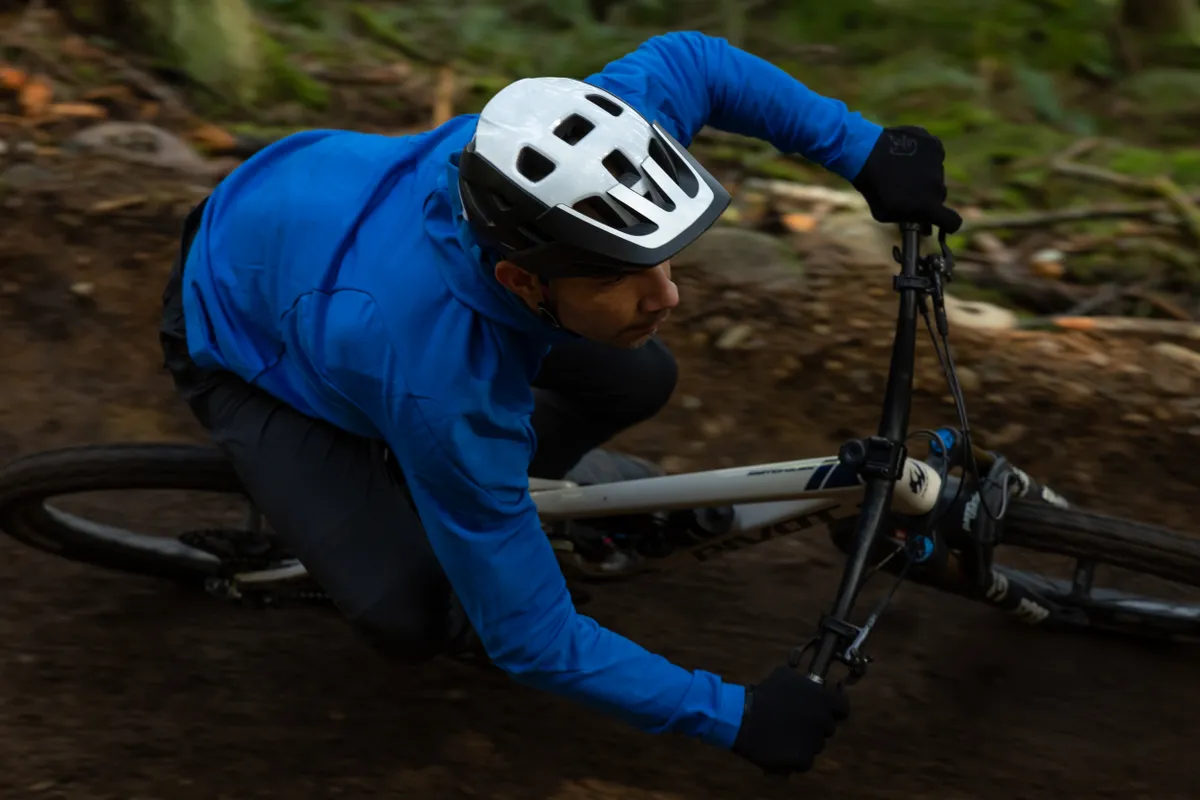
The Jackal is Lazer’s only mountain bike helmet in the new KinetiCore range, also receiving a five-star Virginia Tech rating.
It features Lazer’s TurnSys retention system that adjusts horizontally and vertically.
Goggles are kept in place by a rubber triangle to the rear of the helmet. It can accept a GoPro, with a mount included in the box.
The Jackal KinetiCore weighs in at 320g in a size small in its CE form – 50g lighter than the Jackal MIPS and 20g lighter than the non-MIPS version.
It has a 5.2 per cent increase in ventilation compared to the Jackal MIPS, but Lazer has not quoted a cooling efficiency percentage.
The Lazer Jackal KinetiCore retails for £179.99 / €189.99 / $219.99 / AU$329 and is available in eight colours and four sizes.
Lazer KinetiCore urban range
Lazer CityZen KinetiCore

The CityZen is designed for cycling in urban environments, pairing KinetiCore with an exterior hardshell. There is a traditional turnwheel adjustment at the back, as well as height adjustment.
The CityZen weighs in at 380g in all formats in a size small – 100g lighter than Lazer’s other urban helmet, the One+ MIPS, and 60g lighter than the non-MIPS equivalent.
It has 92 per cent cooling efficiency, which is a 14.7 per cent improvement over the One+ MIPS.
The CityZen is designed so you can lock it up with your bike using a D-lock, thanks to a diamond-shaped opening at the back. Lazer says it designed this feature specifically with Australian riders in mind, given how helmets are mandatory in the country.
The CityZen achieved a four-star Virginia Tech rating, which the brand says is class-leading for a hardshell.
The CityZen retails for £59.99 / €64.99 / $59.99 / AU$89 and is available in six colours and four sizes.
Lazer KinetiCore children’s range
Lazer Nutz and Pnut

Lazer has brought the KinetiCore technology down to children’s helmets with two offerings, the Nutz and the Pnut, which were previously available with MIPS.
The Nutz is the bigger helmet of the two, with the Pnut aimed at smaller riders.
Both feature Lazer’s EZ-fit system, which adjusts by opening from the inside, and there is a side-buckle integrated into the strap divider.
Lazer says it has placed the buckle on the strap to avoid pinching, serving as a visual aid so parents can see the helmet has been fastened without having to look underneath their child's chin.
The Universal LED light won’t fit directly to the helmet, but it will work with the strap option. This is because the Pnut is flat at the back, which Lazer says helps increase comfort if your child is sitting in a child seat.
The Nutz is 70g lighter than the Nutz MIPS and 40g lighter than the non-MIPS version. Lazer hasn't provided a cooling efficiency statistic.
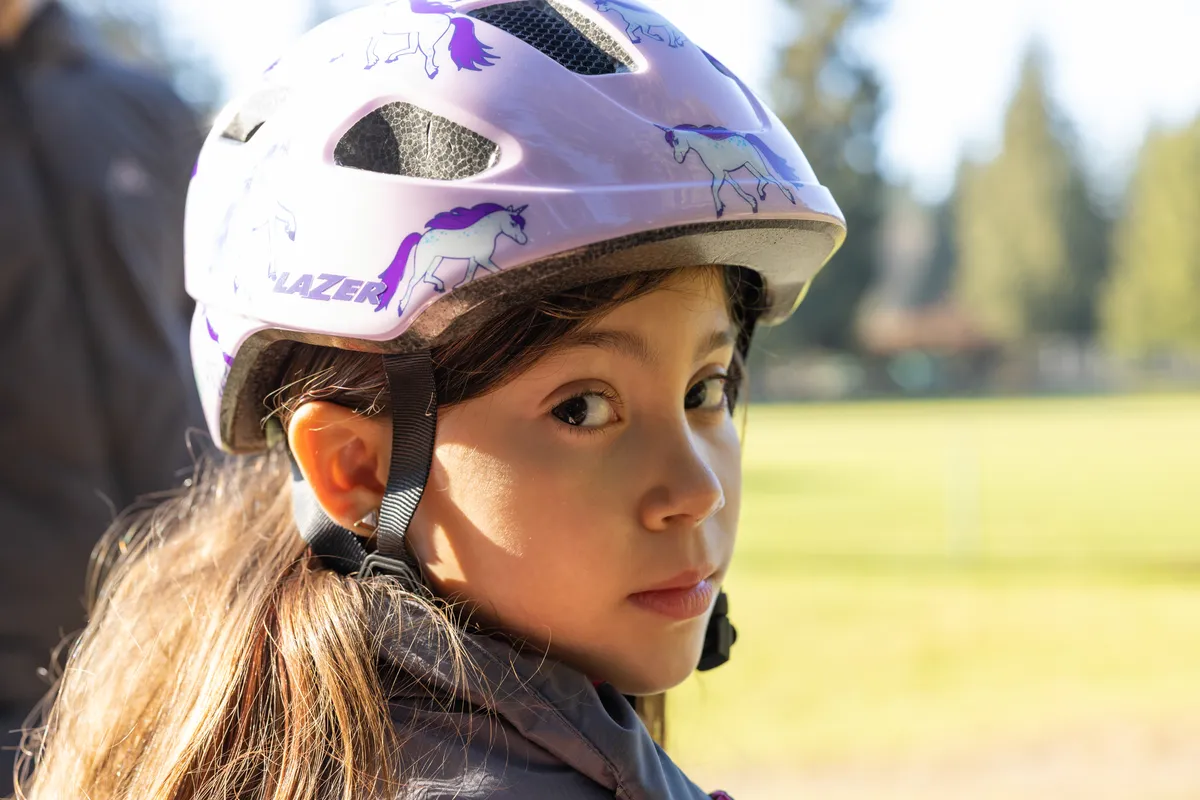
Lazer says the helmets would achieve the equivalent of a 3.5-star Virginia Tech rating. Virginia Tech doesn't test children’s helmets and this measurement has been provided independently by the University of Strasbourg.
Both helmets will retail for £39.99 / €49.99 / $49.99 / AU$79 and are available in eight colours each.
